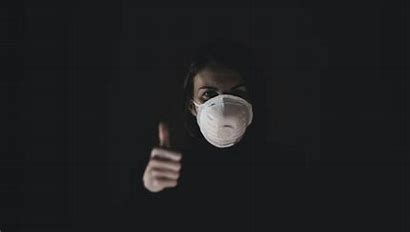When a seemingly innocuous virus entered the city of Wuhan in the last month of the last decade, nobody could predict that the whole world would be paralysed for the next entire year and more! Moreover, the ordeal is far from over and the medical and healthcare fraternity world over is still struggling to find the viral antidote, pinning all the hopes on the highly anticipated vaccine. However, with the collapse of the conventional medicinal system, the general population has realised that a sturdy immune system is the best defence against any pathogen and to achieve this, natural health alternatives are being explored vigorously.
The oldest of all medicinal systems, Ayurveda, has proved its mettle in the pandemic already! Under the guidance of the AYUSH ministry, many Ayurvedic institutions throughout the country have shown excellent results in the management of Covid-19 infections, both in acute and post-Covid phases. Numerous trials are going on and the results look promising.
The science of life, Ayurveda, has generated enormous curiosity in the last few years and many people have shifted to the Ayurvedic way of living and managing disease as it is holistic and believes in reversing the pathology without any side effects. The two-folded aim of Ayurveda is ‘prevention’ and ‘cure’ for which discrete guidelines are given in the stipulated clinical texts about aahar (healthy eating), vihara (healthy lifestyle), nidra (sleeping habits), dinacharya (daily regimen), ritucharya (seasonal regimen), and various treatment modalities incorporating scientific nutrition, thousands of herbo-mineral formulations and detoxifying treatments such as panchakarma.
With the advent of the pandemic can Ayurveda turn this opportunity and redeem itself to its lost glory? Let’s explore in this article:
1. Preventive holistic aspect of Ayurveda in the pandemic – Cellular health support, Immune health support, neuroendocrine support, Nutritional support through phytonutrients
2. Covid-19 and effective Ayurvedic protocol – no side effects, decongestant and lung-protective medications, cardioprotective, immunomodulator, cellular repair, mental support, Rasayan therapy etc. There are numerous successful trials throughout the country.
3. Change in societal perception about health and disease – Recent awareness about the rise and prevalence of metabolical and lifestyle disorders like obesity, diabetes, hypertension, hypercholesterolemia etc and the limitations of conventional medicine to treat them, whereas Ayurveda successfully managing and reversing them.
4. Governmental recognition and approval – The current government with its pro-Swadesi approach has renewed its efforts in reinforcing the traditional Indian medical system. Ayurveda is being given a crucial place in the annual health budget and rigorous steps are being taken to integrate Ayurveda in the present healthcare infrastructure at the ground level.
5. Rise in popularity outside India – Worldwide, Ayurvedic medicine and products are increasing in popularity. Many students have been coming to India in recent years to learn Ayurveda and practice and propagate it back in their countries.
6. Rise in demand for Herbal supplements – With health and wellness being the biggest priorities now, the demand for nutraceuticals and immunity boosters is globally increasing. Many companies like Patanjali and Himalaya have given reports of a phenomenal rise in sales of immune-boosting supplements and respiratory medication.
7. Refurbished standardisation protocol of Ayurvedic medications and supplements – There have been tremendous upgrades in the standardisation protocols for Ayurvedic medications and nutritional supplements making them safer for a bigger audience and an easy entry into the global market. The required regulations are under the FSSAI, FDA, Good Manufacturing Practices (WHO-GMP), ISO 9000 and Hazard Analysis and Critical Control Points (HACCAP) certifying boards.
8. India as an emerging leader in the global herbal drug market – India is currently the number 1 producer, manufacturer and exporter of herbal raw material and end products. Even the modern pharma industry relies largely on the herbal raw material supplied by India for its active ingredient extraction that is used in numerous modern medications.
9. Vast scope for the investment in Ayurveda – Multisectoral industries like health, pharma, food, agriculture, media and trade are renewing their investment interests in Ayurveda looking at the current growth patterns in the market trends.
10. Rediscovering and redefining marketing strategies – All that Ayurveda needs right now is an on-point marketing strategy to reach the masses and the capitalists. There have to be scientific studies, researches and relevant clinical trials that can show the documented potential of Ayurveda to the world. The preventive aspect of Ayurveda should reach the common stakeholders through proper educational channels and the various treatment modalities within Ayurveda should be researched and re-established through relevant institutions and hospitals making it easier for the common man to embrace Ayurveda.
The writer is the Founder of Nyrrvana Cosmetics.













